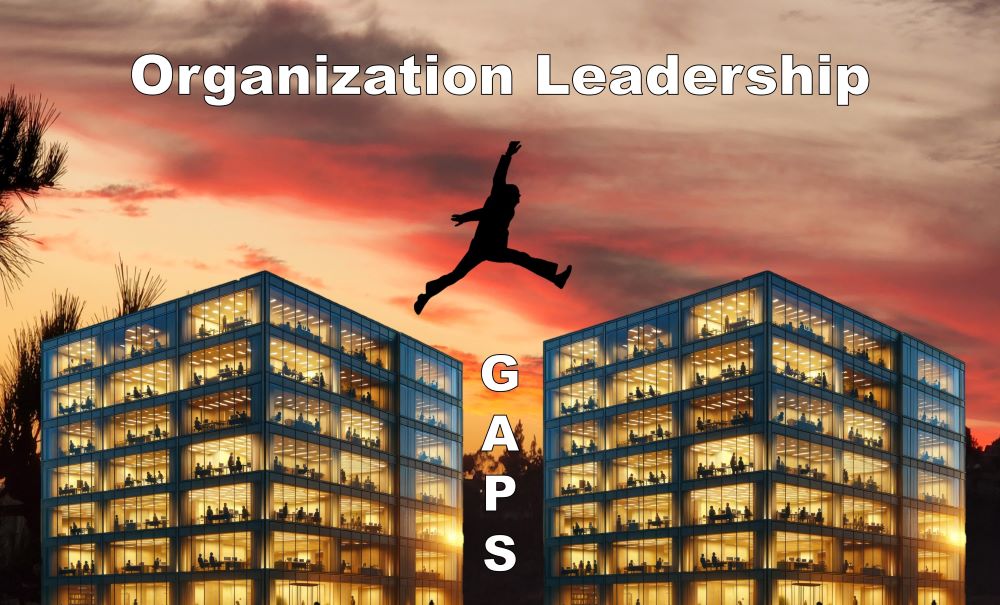Toxic leaders are like weeds in your garden or lawn. If you don’t remove them right away, they will infest your entire organization resulting in stifled growth, reduced morale and the departure of quality employees.
Toxic leaders are everywhere, whether organizations want to admit it or not. They can be found in organizations with as little as 100 employees or found in multitudes in larger ones. Unfortunately, they are usually ignored and allowed to choke the growth of those around them, namely, their subordinates and their peers. They are usually accepted and described in satisfactory terms such as hard-working, results-driven, or persistent. On the surface, these traits could describe great employees, but when taken to the extreme, they result in negative outcomes, such as abuse, intimidation and manipulation.
Continue reading “THE IMPACT OF TOXIC LEADERS ON YOUR ORGANIZATION”








